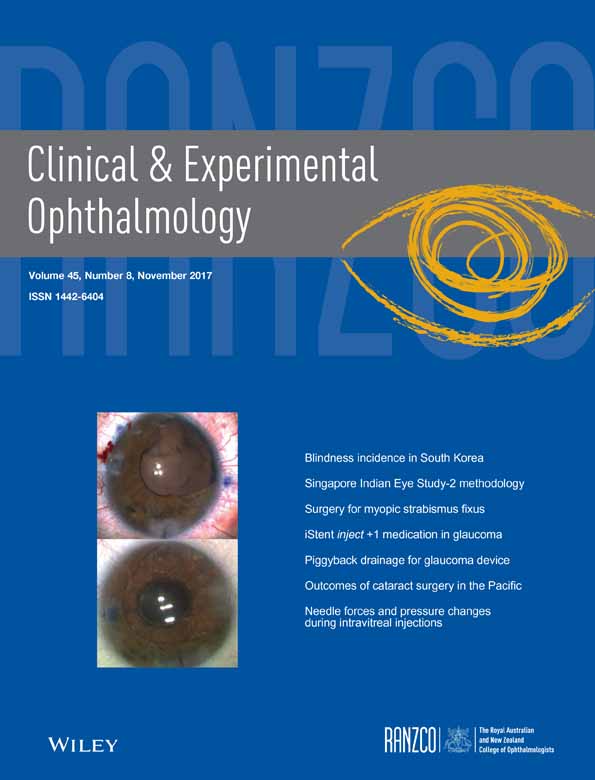Singapore Indian Eye Study-2: methodology and impact of migration on systemic and eye outcomes
Abstract
Importance
Asian Indians are the fastest growing migration groups in the world. Studies evaluating the impact of migration on disease outcomes in this population are rare.
Background
We describe the methodology of the Singapore Indian Eye Study-2 (SINDI-2) aimed to evaluate the impact of migration status on diabetic retinopathy and other major age-related eye diseases in Asian Indians living in an urban environment.
Design
Population-based cohort study.
Participants
A total of 2200 adults had participated in baseline SINDI (2007–2009, mean age [range] = 57.8 [42.7–84.1] years) and SINDI-2 (2013–2015, 56.5 [48.4–90.2] years).
Methods
Participants were classified as ‘first generation’ if they were Indian residents born outside of Singapore and as ‘second-generation’ immigrants (59.7% in SINDI vs. 63.6% in SINDI-2) if they were born in Singapore.
Main Outcome Measures
Response rate, participant characteristics and prevalence of systemic diseases were stratified by migration status.
Results
Of the 2914 eligible SINDI participants invited to participate, 2200 participated in SINDI-2 (response rate of 75.2%). In both SINDI and SINDI-2, compared with first-generation immigrants, second-generation immigrants were younger, less likely to have income <1000 SGD, had lower levels of pulse pressure, higher levels of high-density lipoprotein cholesterol, had lower prevalence of hypertension and chronic kidney disease and had higher prevalence of current smoking and obesity (all P < 0.05).
Conclusions and Relevance
In both SINDI and SINDI-2, second-generation immigrants had lower prevalence of cardiovascular risk factors except smoking and obesity compared with first-generation immigrants. The final report will confirm if these differences between generations are evident with regard to eye diseases.




